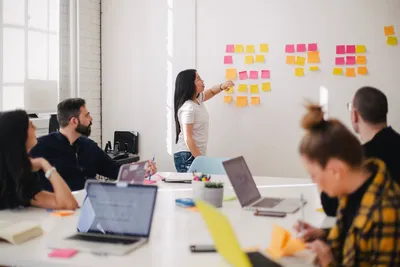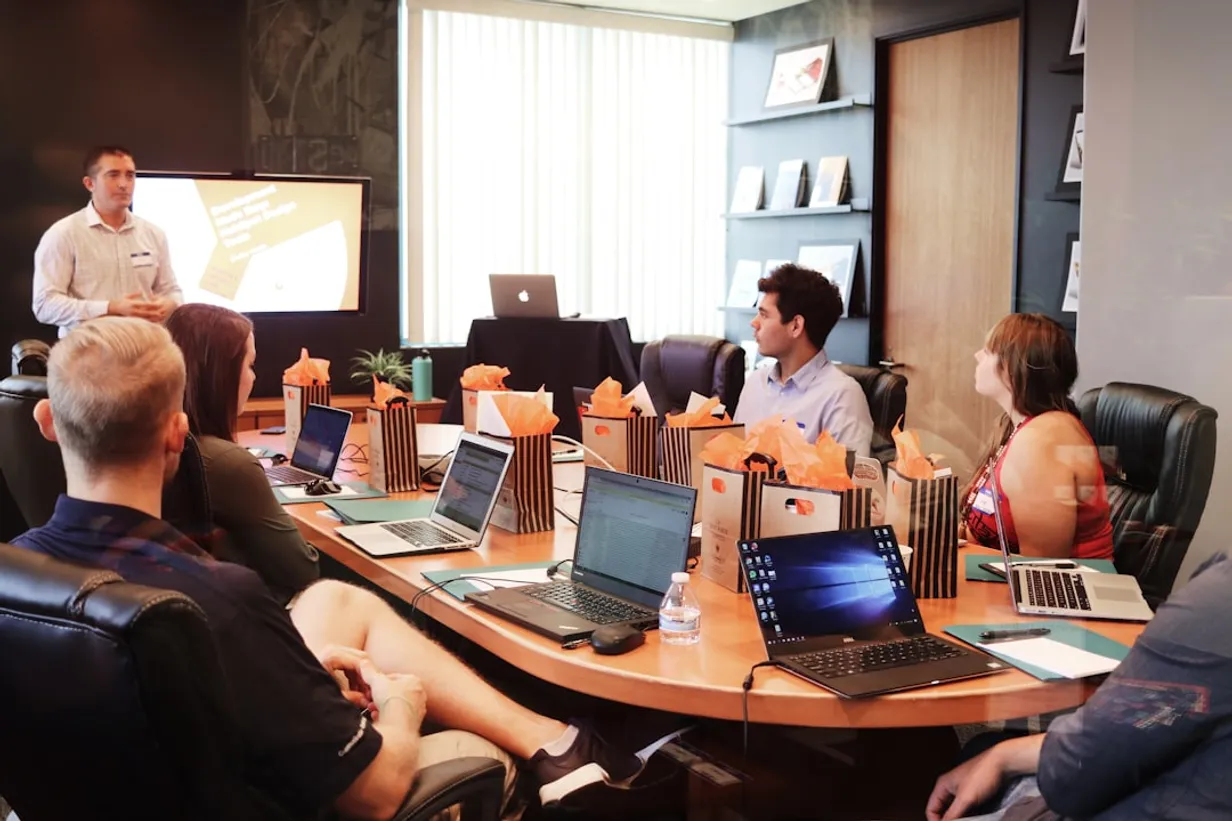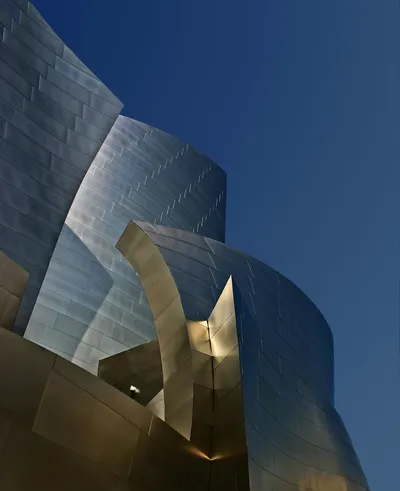Introduction to Modern Office Design Trends
The contemporary workspace has evolved significantly over the years, reflecting changes in technology, corporate culture, and employee needs. Today, office design is not just about aesthetics; it’s about creating environments that foster productivity, encourage collaboration, and support employee well-being. Let’s explore these transformative trends shaping modern workspaces.
Emphasizing Comfort and Flexibility
The Rise of Ergonomic Furniture
Ergonomics play a crucial role in modern office design. From height-adjustable desks to supportive chairs, furniture that adapts to the user’s needs can significantly improve comfort and reduce the risk of musculoskeletal problems. This trend ensures that workplaces are both functional and conducive to a healthy work environment.
Flexible Workspaces
Gone are the days of rigid office layouts. Modern designs incorporate flexible spaces that can be easily reconfigured to accommodate various tasks or team collaborations. Mobile furniture, modular systems, and open-plan designs allow for a dynamic workspace that can adapt to changing needs without major renovations.
Incorporating Technology Seamlessly
Smart Office Solutions
Integrating technology into the office space is a must in today's digital age. Smart offices equipped with IoT devices can streamline operations, enhance communication, and improve energy efficiency. Features like automated lighting, climate control, and remote conferencing tools are no longer just perks but essential elements of a highly connected workspace.
Wireless and Collaborative Tech
With the increasing reliance on wireless technology, office spaces now often include charging stations, wireless presentation systems, and collaborative technology setups to facilitate seamless work interactions. This infrastructure enhances creativity and productivity by ensuring that technology works in synergy with human tasks.
Designing for Well-Being
Biophilic Design Elements
Biophilic design is a trend that brings the outside in, focusing on incorporating natural elements into the office. This might include living green walls, abundant natural light, and natural textures and materials. These elements not only enhance aesthetic appeal but also improve mood and reduce stress amongst employees.
Spaces for Relaxation and Mental Health
Acknowledging the importance of mental well-being, many modern offices now include breakout areas or relaxation zones equipped with comfortable seating, calming color schemes, and even quiet pods or wellness rooms. These spaces are essential for stress relief and promoting a healthier work-life balance.
Sustainability as a Priority
Eco-friendly design practices are increasingly pivotal in office designs. This includes using recycled or sustainable building materials, installing energy-efficient lighting solutions, and implementing waste reduction strategies. Designing with sustainability in mind not only benefits the environment but can also lead to economic savings and improved corporate responsibility perceptions.
Conclusion
The landscape of office design is continuously evolving, driven by innovation and a deeper understanding of what fosters employee satisfaction and productivity. By embracing these trends, you can create an office environment that is not only modern and stylish but also supportive of a vibrant work culture. Whether you're designing a corporate headquarters or a home office, these insights offer a blueprint for success in today’s fast-paced world.
Top Modern Interior Design Articles
Discover our most-read articles on modern interior design, featuring timeless tips and innovative solutions loved by our community.

The Rise of Hybrid Office Design in 2024



